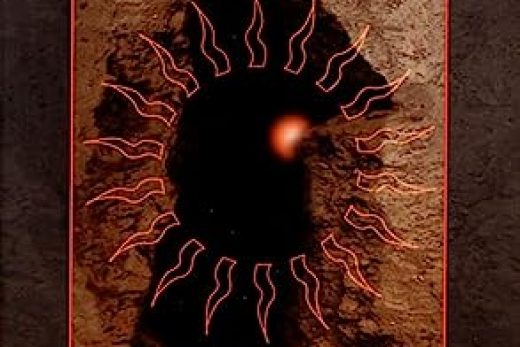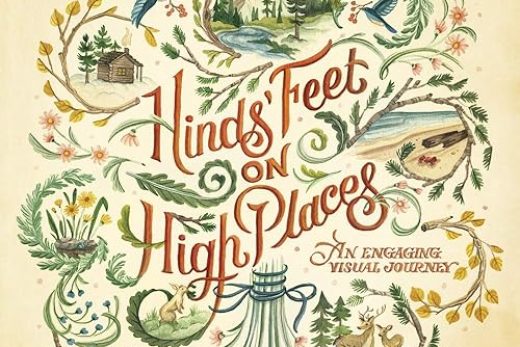Trestle bridges have long been a staple of American infrastructure, offering a unique combination of beauty, functionality, and historical significance. These fascinating structures have captured the imagination of many and have played a crucial role in connecting various parts of the nation. In this essay, we will delve into the world of trestle bridges, discussing their history, design, and importance in American transportation.
Trestle bridges are a type of bridge supported by a series of timber or metal frames known as trestles. These trestles create a framework for the bridge, allowing it to span across valleys, rivers, or other obstacles. Trestle bridges were first developed in ancient times and have since evolved to support the weight of modern transportation systems, such as trains and automobiles.
One of the most famous examples of a trestle bridge is the Kinzua Bridge in Pennsylvania. Constructed in 1882, it was at the time the highest and longest railroad bridge in the world. Unfortunately, it was partially destroyed by a tornado in 2003, but its remnants serve as a reminder of the engineering marvel that it once was.
Trestle bridges offer several advantages over other types of bridges. For one, their design allows for easy construction, as the trestles can be fabricated off-site and then assembled on location. This enables the bridge to be built more quickly and with fewer resources than other types of bridges. Additionally, trestle bridges are highly adaptable, with the ability to accommodate changes in terrain and span across varying distances.
Despite their many benefits, trestle bridges also have some limitations. They are generally not as strong as other types of bridges, such as suspension or arch bridges, which means they may not be suitable for certain applications. Furthermore, the materials used in their construction, particularly timber, can be susceptible to decay and damage over time, requiring regular maintenance to ensure their structural integrity.

A: A trestle bridge is a type of bridge supported by a series of timber or metal frames known as trestles. These structures create a framework for the bridge, allowing it to span across various obstacles such as valleys or rivers.
Q: What are some advantages of trestle bridges?
A: Trestle bridges offer several advantages, including easy construction, adaptability to different terrains and distances, and a lower resource requirement compared to other bridge types.
Q: What are some limitations of trestle bridges?
A: Some limitations of trestle bridges include their lower strength compared to other bridge types, as well as the susceptibility of the materials used in their construction to decay and damage over time, which requires regular maintenance.
Q: Can you provide an example of a famous trestle bridge?
A: The Kinzua Bridge in Pennsylvania is a famous example of a trestle bridge. It was once the highest and longest railroad bridge in the world, but was partially destroyed by a tornado in 2003.









